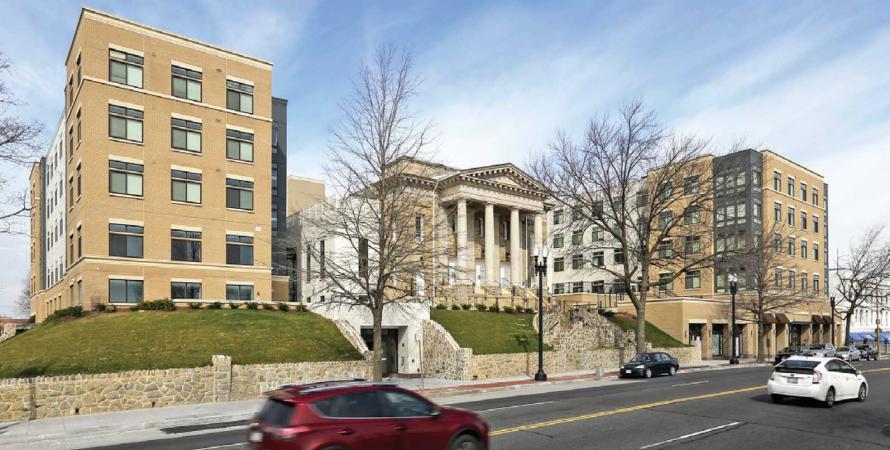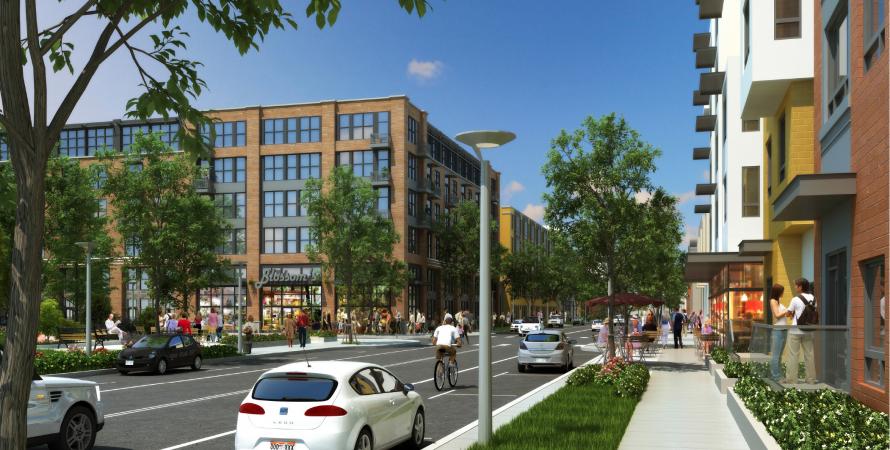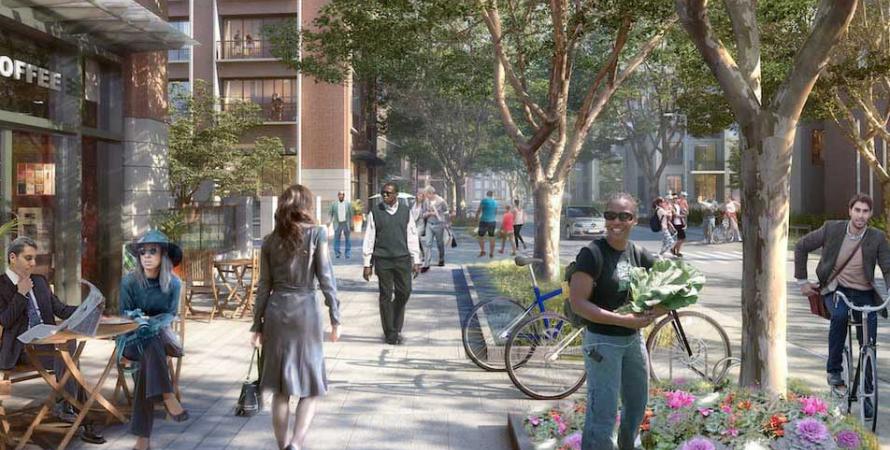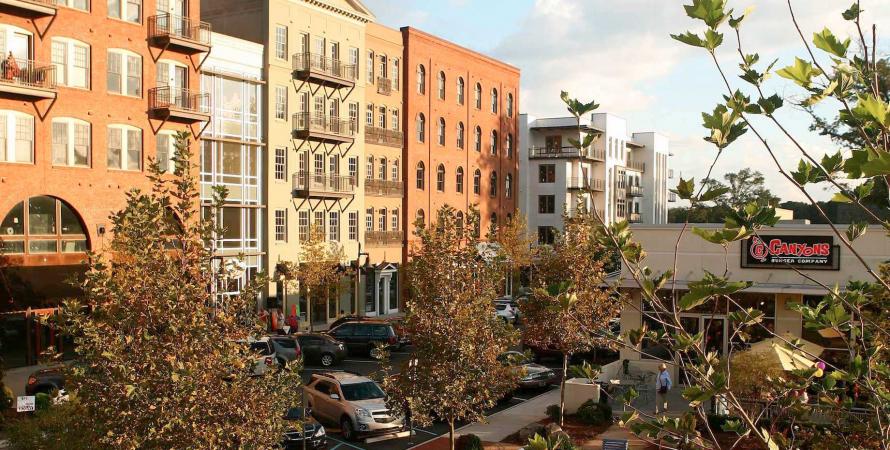-

Realizing the potential for catalytic conversion
We've seen how Opportunity Zones can spur multiple developments to provide high-quality low-income housing while transforming communities.The Beacon Center, a new faith-based development in the District of Columbia, recently opened with a ceremony marked by one inspiring speech after another. Washington DC Mayor Muriel Bowser noted how the project “took back a corner,” transforming a crime-ridden pocket of the city into a development...Read more -

Opportunity Zones will help those who help themselves
Walkable urban plans in small and mid-sized cities and suburbs are more likely to be financed if the city is prepared.Wall Street investors with significant capital gains are looking for tax breaks through the new federal Opportunity Zones (OZ) program. Where are many of them looking? Main streets and town centers in smaller cities in middle America, according to a New York Times report . This story goes against...Read more -

The million-dollar neighborhood
Walkable mixed-use neighborhoods help families build wealth—enough to help fund big-ticket items like college and retirement.Houses appreciate. Cars depreciate. That simple contrast is a key to building wealth over a lifetime, writes Todd Litman, a researcher with the Victoria Transport Policy Institute. Even though housing is more expensive in walkable, transit-rich neighborhoods, vehicle costs are substantially lower...Read more -

Yes, you CAN finance mixed-use development
After many decades of financial bias in favor of single-use buildings, the pendulum has begun to move back toward mixed-use and its superior convenience.How did Americans—people long adept at building lively, mixed-use Main Streets—allow that capacity to slip away? One often overlooked reason is mortgage financing: Over the course of the 20 th century, lenders became increasingly unwilling to write mortgages on buildings that had stores and...Read more